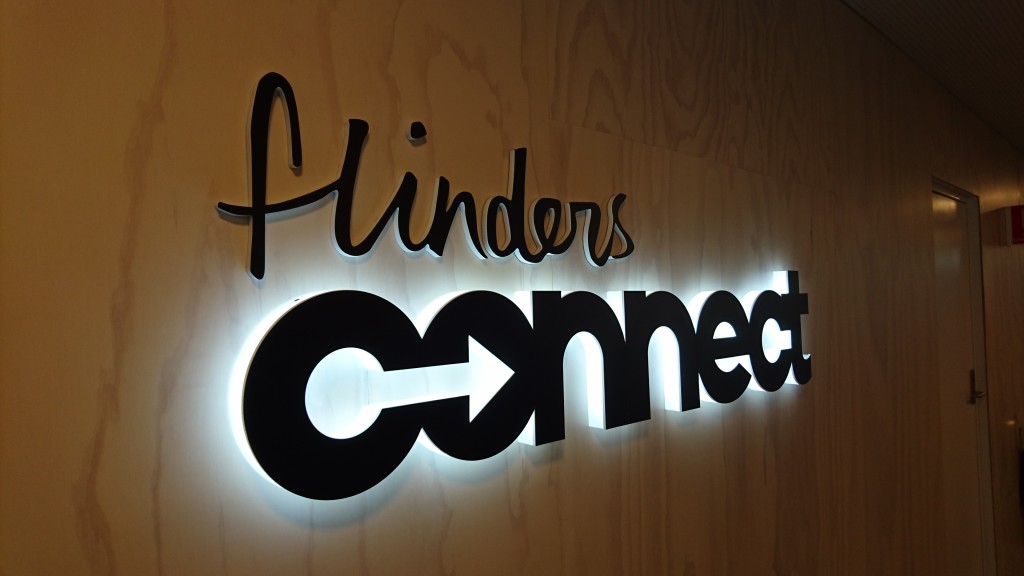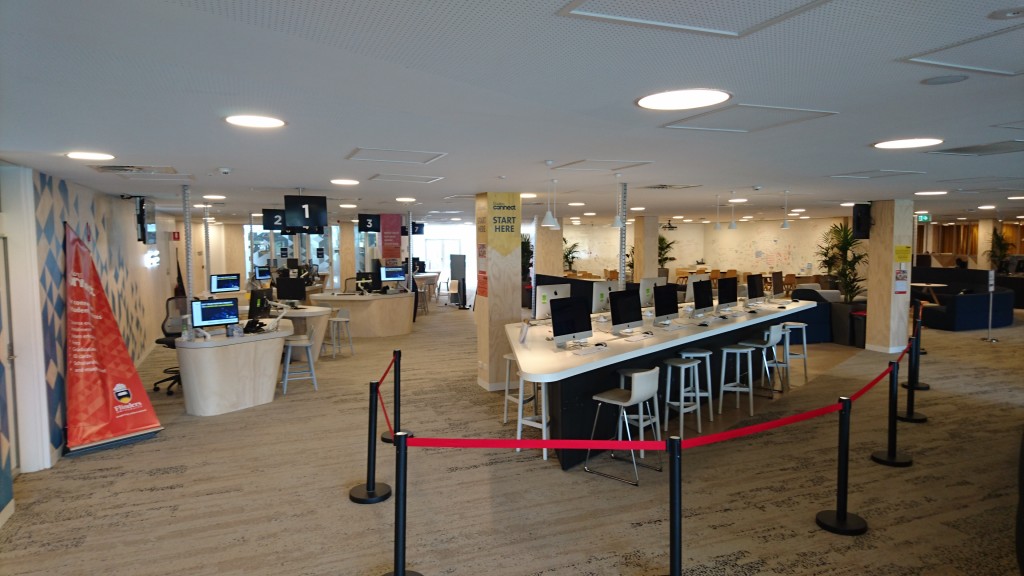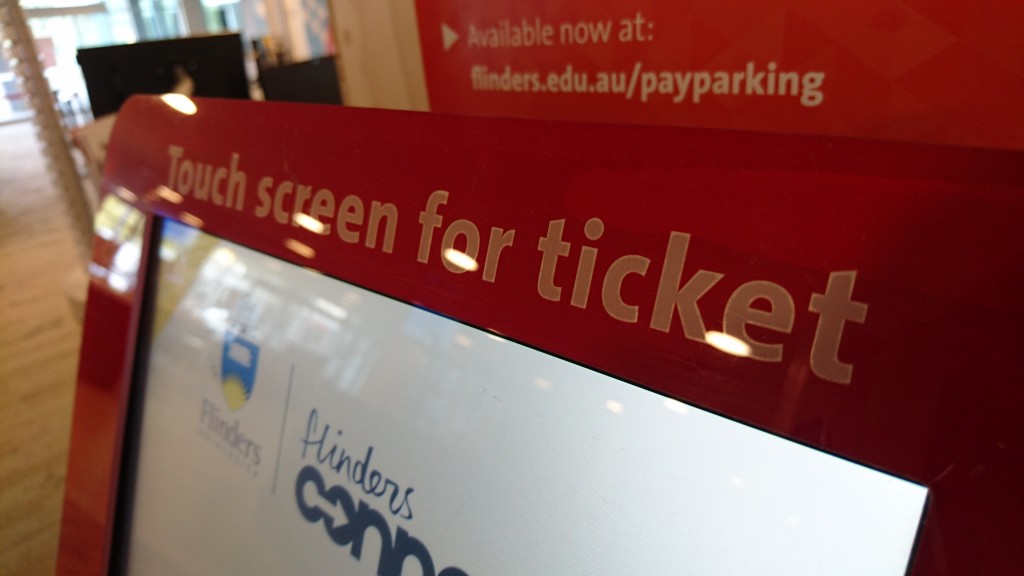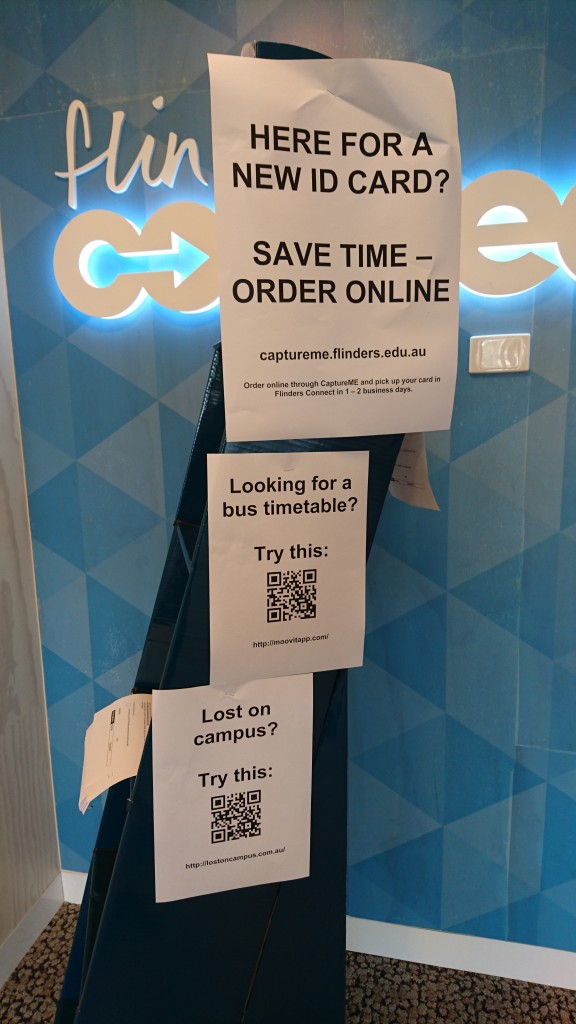
Me: ‘You know you can make this purchase online and you won’t have to wait in a queue here, right?’
Student: *shrugs shoulders* ‘Yeah, but I’m here now anyway, so I might as well wait’.
This was a conversation, or a variant thereof, that I had more times than I can remember during the last week of February and first week of March this year. As you may already know, I accepted a role almost one year ago at Flinders University to lead the creation of a centralised student support centre, which went live in October last year, and which met its biggest test at the start of Semester 1 last month.
It was these many conversations that, about three weeks ago (just as the smoke was clearing from the start of semester frenetics), started off a blog post in my mind that I’ve been struggling to write ever since. It was only on the counsel of two people very close to me that I realised the post (which was seeming even more long and rambling than my usual efforts) was actually three separate posts, and should be written as such.
This post marks the first in the trilogy.
The story so far
 To recap in a little more detail, I started nearly a year ago on a project to implement a centralised student service centre called Flinders Connect, delivered in parallel with the Plaza redevelopment project. The first six months were all in the planning of the service and transitioning to the new service model, and the last (almost) six months have been running the new centre under low to moderate load, bedding down many new processes and technologies, refining various bits and pieces, and planning for what many said (in hushed tones) would be the apocalypse for Flinders Connect – the start of the Semester 1 teaching period.
To recap in a little more detail, I started nearly a year ago on a project to implement a centralised student service centre called Flinders Connect, delivered in parallel with the Plaza redevelopment project. The first six months were all in the planning of the service and transitioning to the new service model, and the last (almost) six months have been running the new centre under low to moderate load, bedding down many new processes and technologies, refining various bits and pieces, and planning for what many said (in hushed tones) would be the apocalypse for Flinders Connect – the start of the Semester 1 teaching period.
Now it is also worth mentioning that the data on offer indicating likely demand for the services being provided by Flinders Connect during the planning phase was generally scant, sometimes incomplete and in some cases altogether absent. Attempts to look at student service centres in other Australian unis was difficult – each and every one I spoke to has a scope which is in some way different from Flinders Connect, so finding any solid foundation for predicting enquiry volume was difficult to say the least. This lack of solid historical data made resource forecasting somewhat of a nail-biting process – go too high on resources and risk being seen as ‘the Director who cried wolf’, go too low and risk a service quality, PR and team morale disaster. As a leadership team we did the best estimation we could, set the foundation, and waited patiently…
The apocalypse cometh, and then goeth again
I won’t go into too much detail about the two busiest weeks we had (O’week and the first week of teaching), other than to say that they exceeded even our most adventurous estimates of demand. While we had predicted a ‘peak’ demand of perhaps five or six times the demand in our ‘trough’ period (mid-semester break back in October), what we saw was close to seven times. What this translated to in people terms was on average one thousand customer visits each day for the two ‘peak weeks’.
This level of demand necessitated an ‘all hands on deck’ approach. Every person in the team who could provide any customer-facing support did so for those two weeks, right down to the largely clueless yours truly who spent the majority of those days playing concierge for students coming to see us for support. For those of you not familiar with that term in the service centre context, it is the person who meets and greets customers and makes sure they are routed to the right place as quickly as possible for service – they don’t need to know every in and out of the business (I sure as heck don’t), but they need to be there as a welcoming face, and to make sure that every customer is connected up to the correct service as soon as possible.
 ‘But wait!’ I hear you say, ‘didn’t you have an automated ticket kiosk so that everyone could self-serve, meaning you didn’t need a concierge?’
‘But wait!’ I hear you say, ‘didn’t you have an automated ticket kiosk so that everyone could self-serve, meaning you didn’t need a concierge?’
Yes and no.
Yes, we have kiosks, but the sheer volume of customers combined with the newness of the model (and the newness of our commencing students) meant that the concierge was an unexpectedly critical part of the ‘peak demand’ model. I’ll return to this subject of self service in the second post in this trilogy, but for now I’ll say that during that peak period the concierge role was an absolute must – part welcome wagon, part traffic cop, part crowd controller.
The demand was relentless, but the team held it together, most people got in and out without too much of a delay, and got what they came for, and with the support of the overwhelming majority of students who were very understanding and patient as we coped with the demand, we survived the two peak weeks.
The aftermath
 We as a team, and me as an individual, learned a huge amount during those two weeks. I underestimated the sheer mental and physical effort of interacting with that many students each day (and noting that I wasn’t even the one solving their problems like the rest of the team were). I saw first hand the broad Maslowesque spectrum of challenges that students face when commencing (or returning to) University study, many of which have nothing at all to do with the stuff they have signed up to study. How can I find a place to live? How do I get to Uni each day? How can I get my Student ID card? Where is my lecture theatre? How do I pay my fees? How can I connect to the Wi Fi? Can I get a locker for the term? How can I get a pre-requisite requirement waived? How can I change my major, or even my degree?
We as a team, and me as an individual, learned a huge amount during those two weeks. I underestimated the sheer mental and physical effort of interacting with that many students each day (and noting that I wasn’t even the one solving their problems like the rest of the team were). I saw first hand the broad Maslowesque spectrum of challenges that students face when commencing (or returning to) University study, many of which have nothing at all to do with the stuff they have signed up to study. How can I find a place to live? How do I get to Uni each day? How can I get my Student ID card? Where is my lecture theatre? How do I pay my fees? How can I connect to the Wi Fi? Can I get a locker for the term? How can I get a pre-requisite requirement waived? How can I change my major, or even my degree?
One thing that was clear was that for that period, we needed more people. Favours were called in from other teams to help out during periods when we were struggling (for which we will be forever thankful), but it got the leadership team thinking about the kind of enquiries we were dealing with, and it was clear that a large amount of the enquiries we dealt with were things that could have easily been done online via self-service. I had the conversation at the start of this post several hundred times over those two weeks, trying to gently encourage students to self-serve online, and leading me to throw together (much to the horror of our communications manager who has a background in marketing and an eye for graphic design) temporary signage shown at left. As ugly as it was, it saved me having to say the same thing perhaps another few hundred times, and saved the students having to ask the questions – a crude but at least somewhat effective attempt at just-in-time pre-emptive self-service.
I will draw this post to a close with the question which will start the next post – what enquiries could we have avoided, and how?